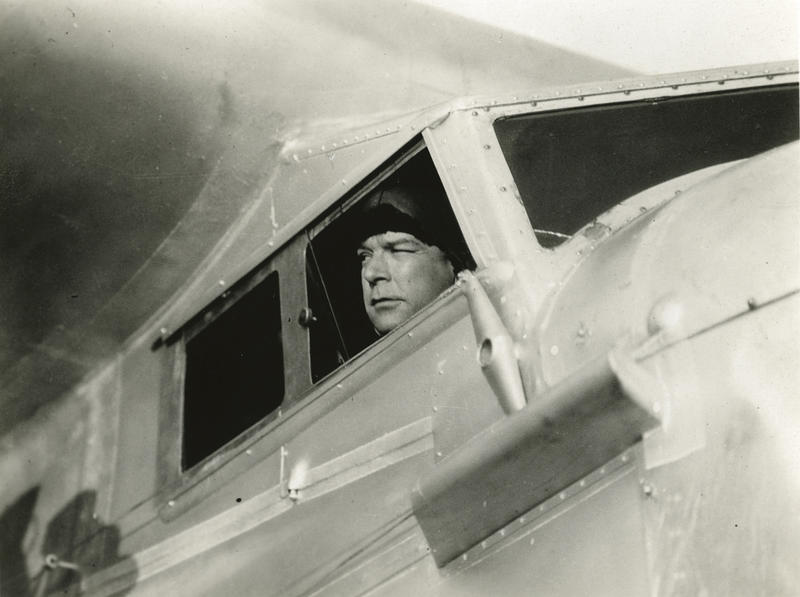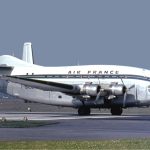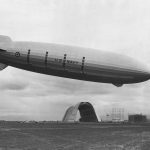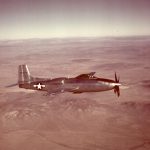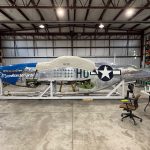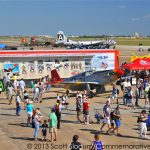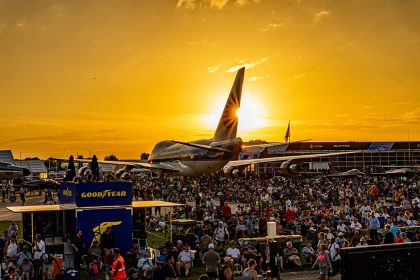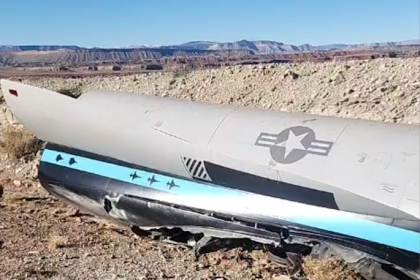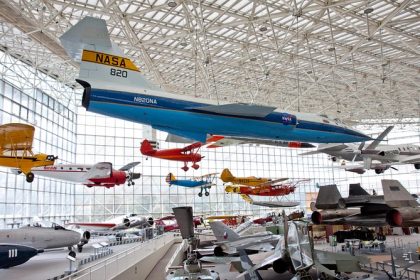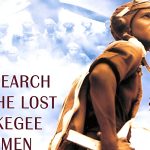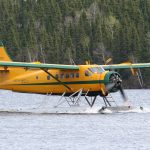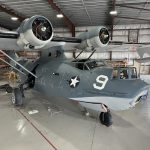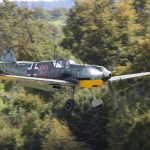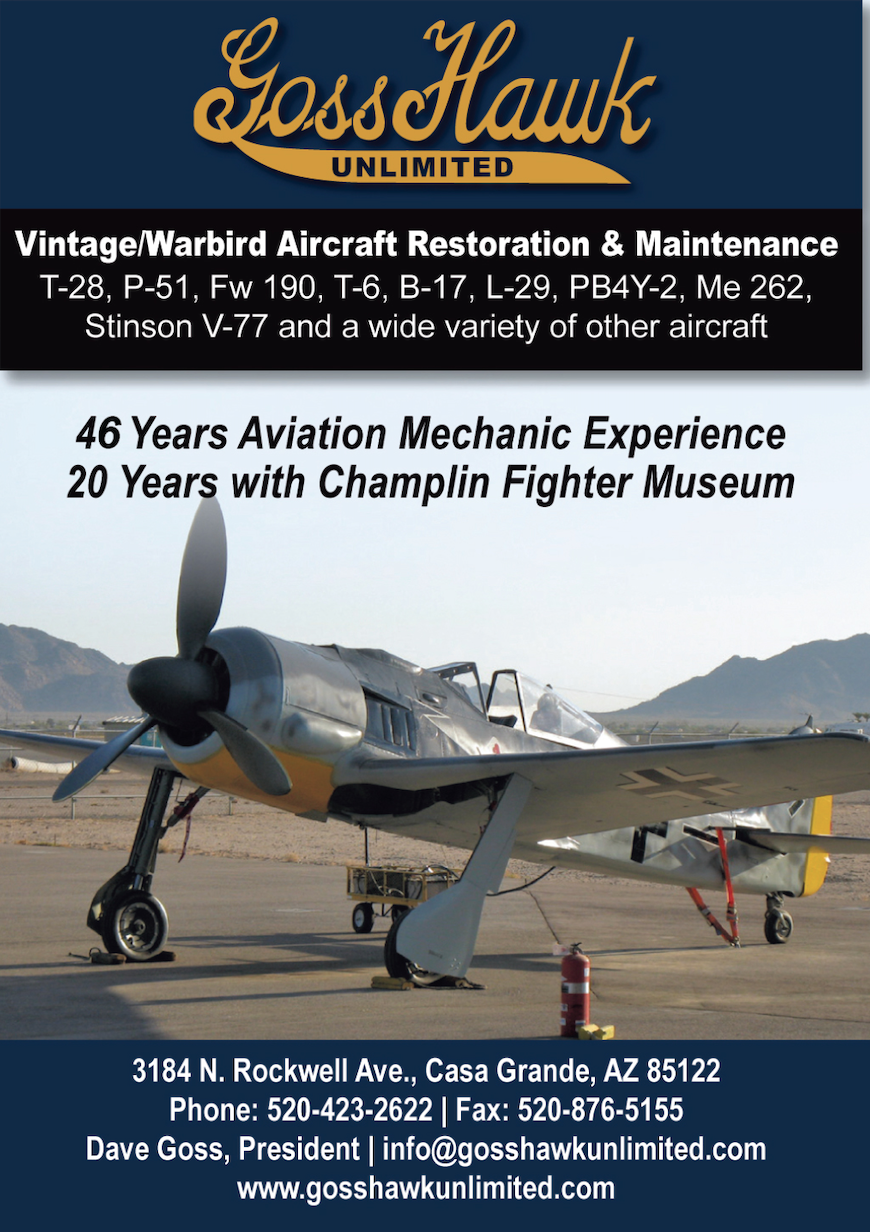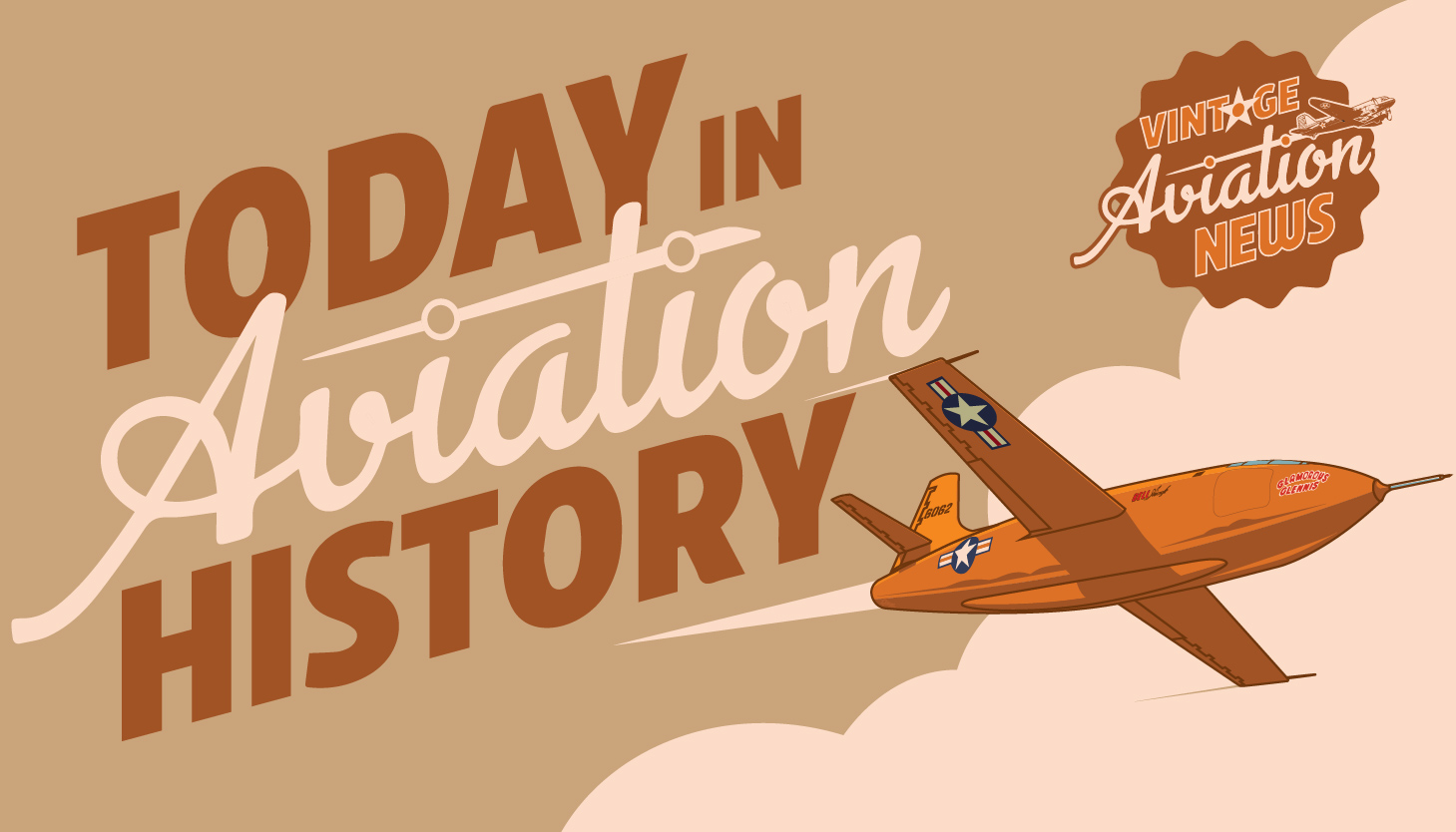
The pilot behind this feat was Charles Thomas Philippe Ulm. He was born on October 18, 1898, in Middle Park, Melbourne as the third son of Parisian-born artist Emile Gustave Ulm, and Ada Emma, née Greenland, who came from the Australian state of Victoria. Ulm grew up in both Melbourne and the Syndey suburb of Mosman, but when World War I broke out in 1914, 16-year-old Ulm was too young to legally enlist in the First Australian Imperial Force (1st AIF), but tall in stature, he enlisted on September 16, 1914, under the name ‘Charles Jackson’, claiming to be 20 years old. Under the name ‘Jackson’, Ulm jointed the AIF’s 1st Battalion, which embarked for Egypt in December 1914. In Egypt, the forces of the AIF joined with those of the 1st New Zealand Expeditionary Force to form the Australian and New Zealand Army Corps (ANZACs).

On April 25, 1915, Charles Ulm was among the first troops to land at Gallipoli to take the Dardanelles from the Ottoman Turks but was soon wounded in action. As his parents had learned of their son’s involvement in the Battle of Gallipoli, Ulm was pulled back to Australia and discharged from the AIF. He would not be out of the fight for long, however, as he would re-enlist in January 1917, this time under his own name, and was attached to the 45th Infantry Battalion, which fought on the Western Front. In July 1918, he was again wounded in action and was evacuated to Britain for medical treatment. He was still recovering in Britain when the war ended with an armistice on November 11, 1918, and by March 1919, he was demobilized and returned to Australia.
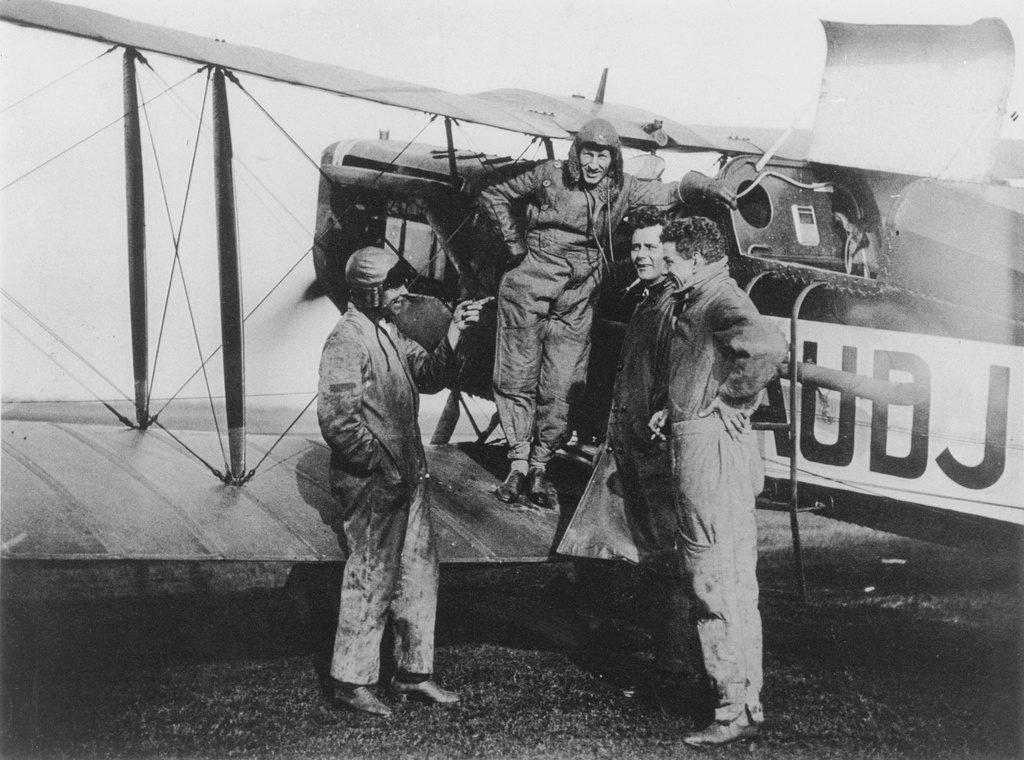
After learning to fly, he began investing in Australian aviation companies and became friends with Charles Kingsford Smith (nicknamed “Smithy” by his fellow aviators), who had also served at Gallipoli before he later flew combat missions with the Royal Flying Corps’ No. 23 Squadron in France. In June 1927, Ulm and Kingsford-Smith set a new record for a round-Australia circuit in 10 days, 5 hours flying a Bristol Tourer biplane. In 1928, they secured their names in Australian aviation history by becoming the first pilots to complete a Transpacific flight, along with two Americans (navigator Harry Lyon, and radio operator James Warner) in the Fokker F.VII/3m trimotor Southern Cross, having left Oakland, California on May 31, and arriving at Eagle Farm Airport near Brisbane on June 9 and later Sydney on June 10, making two stops at Wheeler Field, Hawaii, and Albert Park in Suva, Fiji for a total of 83 hours, 38 minutes, of flying time. Among the awards they received, both Ulm and Kingsford-Smith were given honorary commissions in the Royal Australian Air Force. The historic Southern Cross is now on display at Brisbane Airport, while a flying replica is flown by the HARS Aviation Museum at Shellharbour Airport near Sydney. [Report on this aircraft HERE]
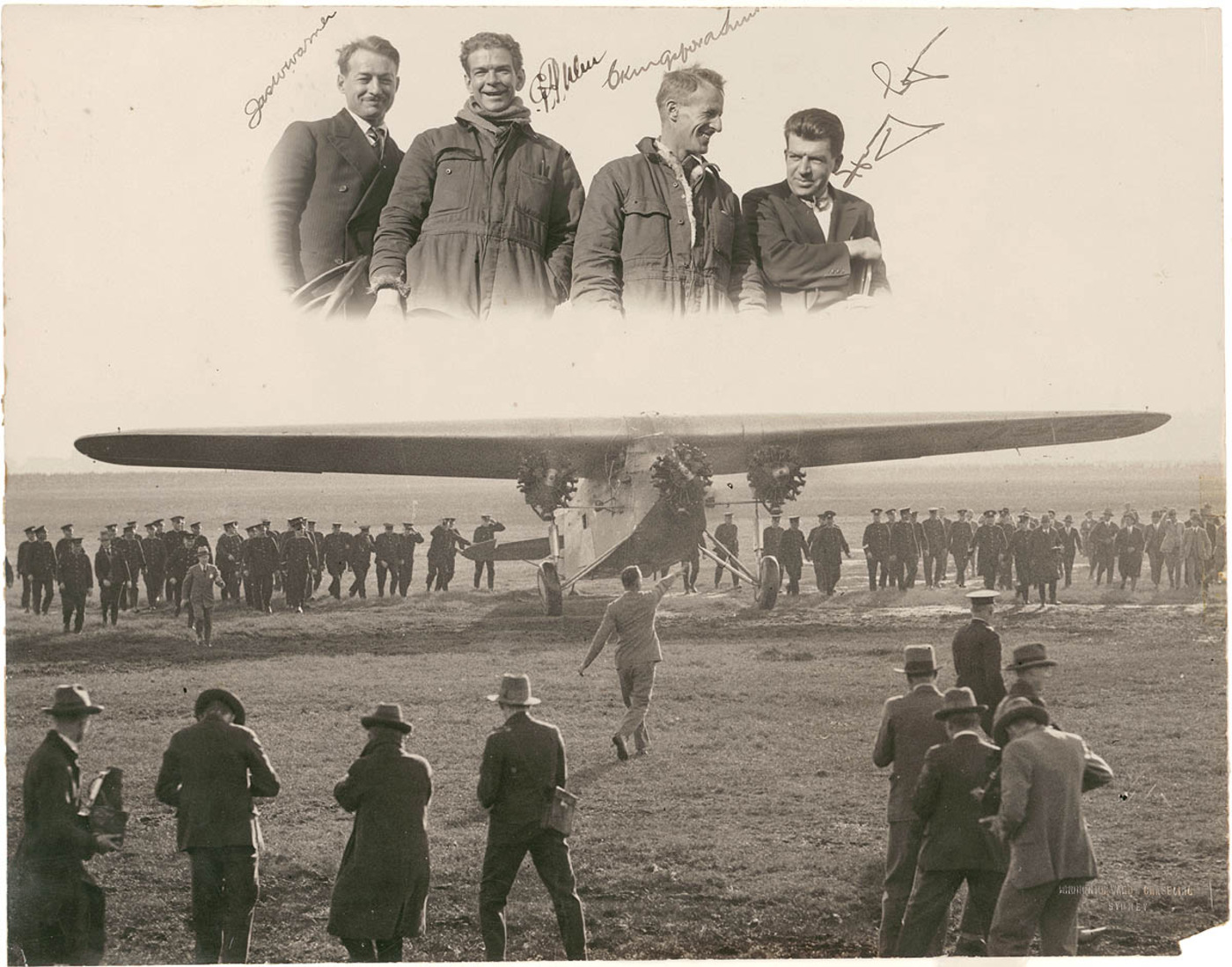
Ulm would accompany Smithy on several other pioneering flights in the Fokker Trimotor Southern Cross, such as the first flight across the Tasman Sea from Australia to New Zealand (September 10-11, 1928), and the two aviators also founded their own airline, Australian National Airways. Their fleet consisted of five Avro 618 Tens, a licensed British copy of the Fokker F.VII trimotor, which were built by A.V. Roe and Company of Manchester, England. Powered by three Armstrong Siddeley Lynx radial engines, the Avro Tens were shipped from England to Australia for ANA to offer passenger flights across the continent, and flew with the names, Southern Cloud, Southern Star, Southern Sky, Southern Moon, and Southern Sun. However, the dire financial straits of the Great Depression, combined with the disappearance of one of ANA’s Avro Tens, the Southern Cloud (whose remains were not discovered until 1958), forced the cessation of scheduled flights in June 1931, and the final liquidation of all ANA’s assets in 1933. Ulm and Kingsford-Smith then went their separate ways, but each maintained their faith that their flights should pave the way for regular commercial travel by air.
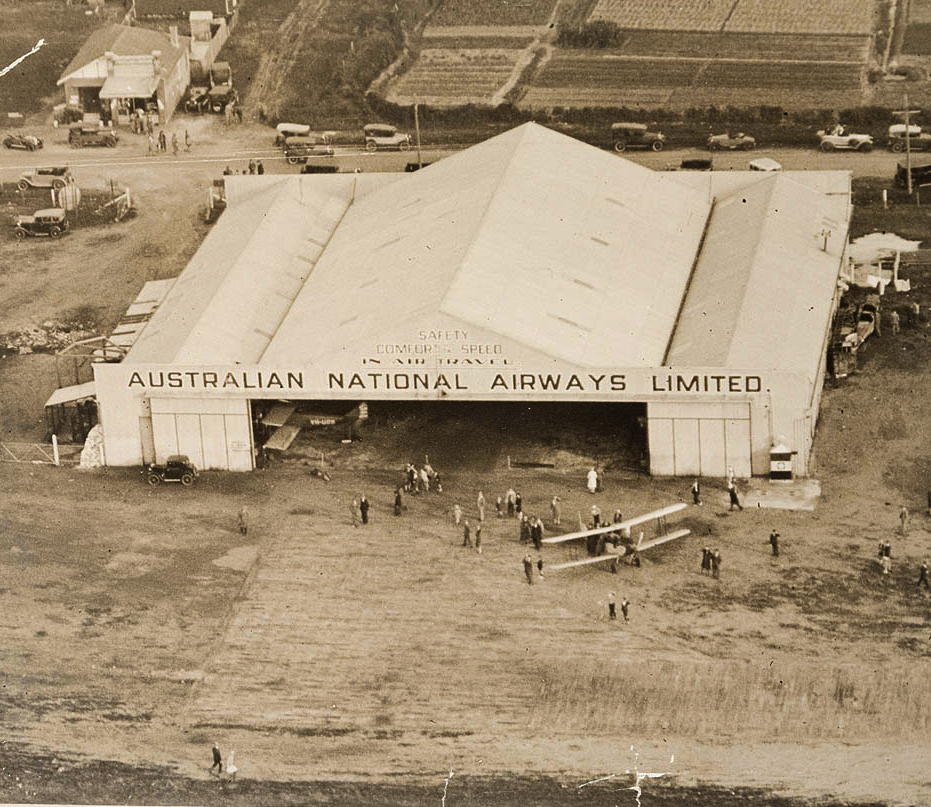
However, as part of the liquidation process, Charles Ulm purchased one of the remaining Avro 618 Tens from Australian National Airways, aircraft, Avro 618 VH-UMI Southern Moon, which Ulm would re-register as VH-UXX and would rename it Faith in Australia. Additionally, Ulm modified Faith in Australia with a new wing, Wright Whirlwind engines, long-range fuel tanks, and strengthened the fuselage. In June 1933, Charles Ulm set off on June 21, 1933, for a round-the-world flight from Australia and back, with George U. ‘Scotty’ Allan and Patrick Gordon ‘Bill’ Taylor as copilot and navigator.
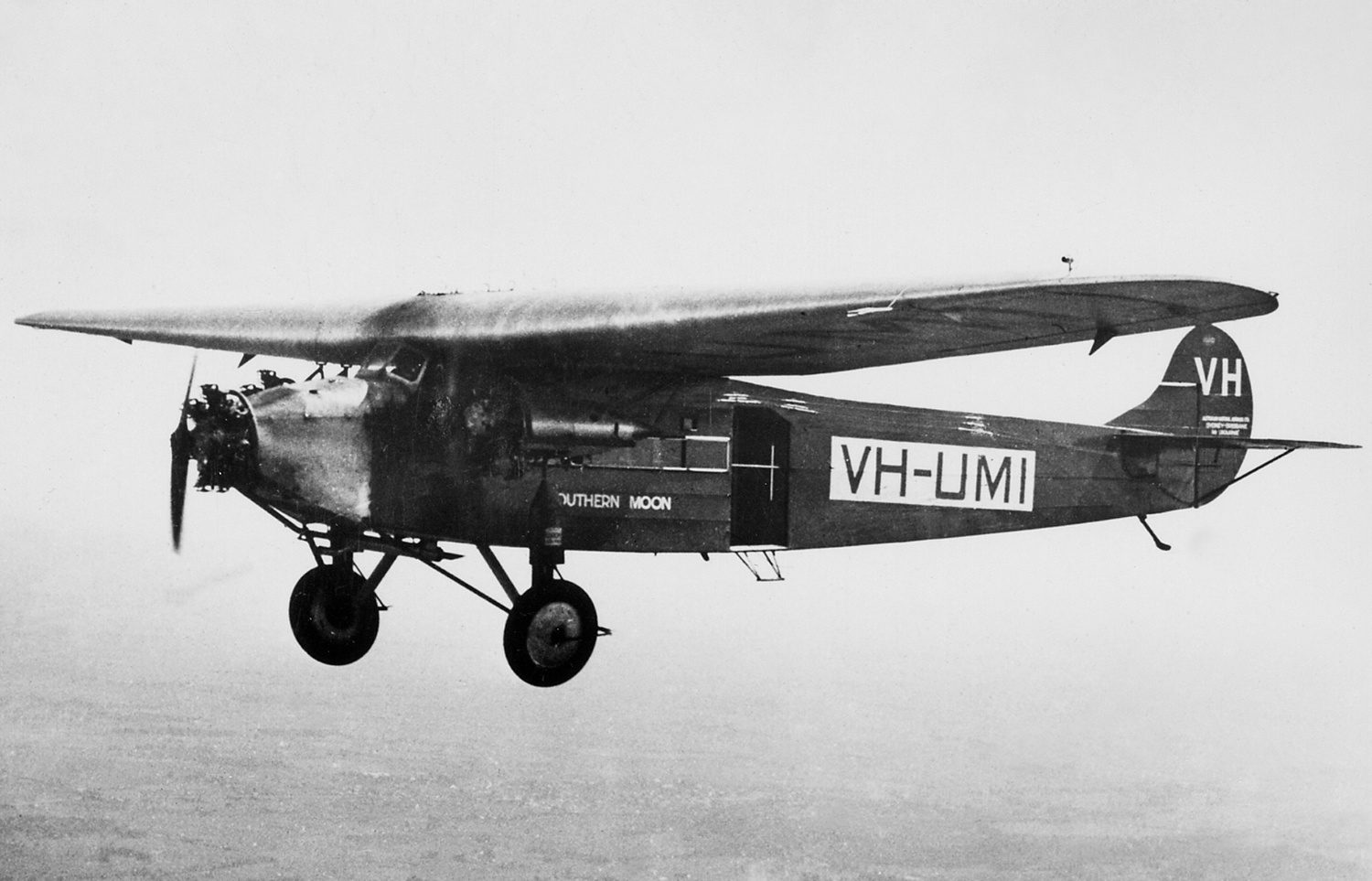
Despite engine troubles and bad landing fields, the three men flew Faith in Australia to England by way of Burma (now Myanmar), Iran, Syria, Italy, and France. Soon, they flew to Portmarnock Beach, Ireland, from which Ulm and Kingsford-Smith had flown the Southern Cross across the Atlantic during an earlier circumnavigation flight in 1930. However, with 5,000 liters of fuel onboard, the aircraft sank into the sand, cracking the starboard undercarriage, and damaging the starboard propeller and wingtip. Local Irish police officers and members of the Irish Air Corps struggled to free the Avro Ten from the sands before the rising tides came in, unloading the aircraft until it was light enough to be salvaged.
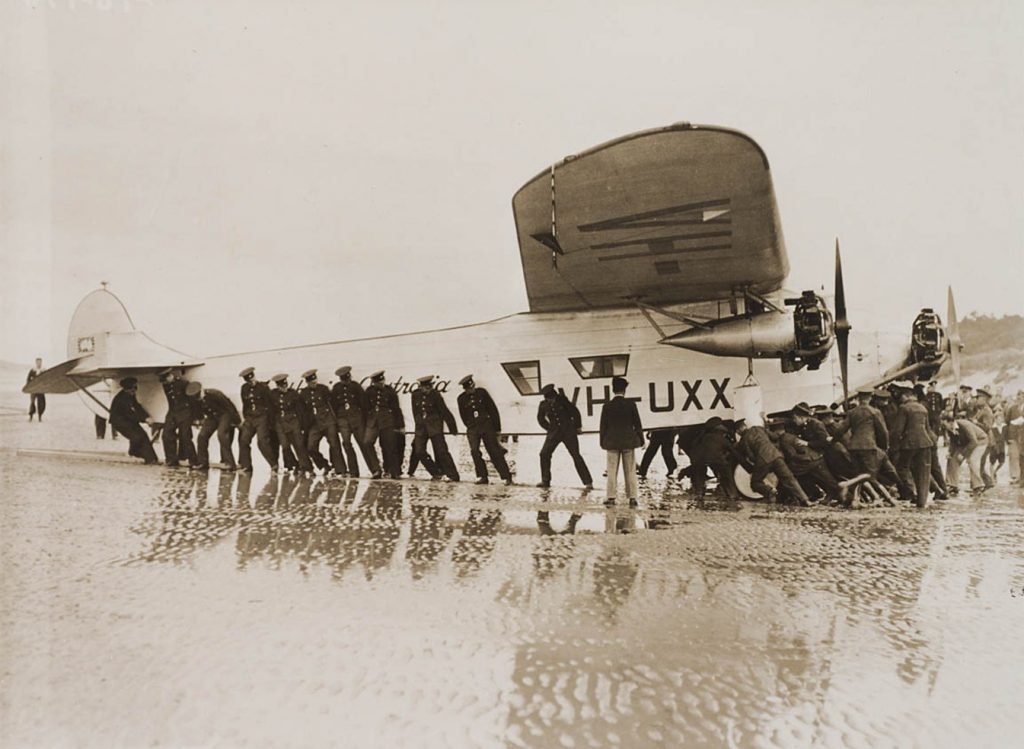
Abandoning the circumnavigation flight, the costs to repair the Faith in Australia were paid by Charles Wakefield, 1st Viscount Wakefield, English businessman, former Lord Mayor of London, and philanthropist, who paid for the aircraft to be shipped to the Avro factory in Manchester for repairs. With bad weather setting in over the Atlantic, and Charles Kingsford-Smith setting a new England-Australia record, Ulm and his crew decided to break Smithy’s record. On October 13, 1933, they took off from Feltham Aerodrome, near London, and after making refueling stops in Athens, Greece, Baghdad, Iraq, Karachi, British India (now in Pakistani) Calcutta, India (now Kolkata), Akyab, Burma (now Sittwe, Myanmar), Alor Setar, modern-day Malaysia, and Surabaya, Dutch East Indies (now Indonesia), Faith in Australia returned to Derby, Western Australia, on 19 October, setting a new record time of 6 days, 17 hours and 56 minutes.
Though Charles Ulm and Charles Kingsford-Smith had become the first to fly across the Tasman Sea from Australia to New Zealand, Ulm realized that for commercial and government officials to see financial value in flying from Australia to New Zealand and back, one had to prove that mail could be quickly and reliably flown across the sea. On December 3, 1933, he took off from Richmond, New South Wales, Australia, and landed at New Plymouth on December 4. Among him were his wife Mary Josephine “Jo” Callaghan, and former ANA secretary Ellen Rogers, who became the first women to fly across the Tasman Sea. The arrival of Ulm and Faith in Australia was met with celebration in New Zealand, and for the remainder of December, and into January and February 1934, Charles Ulm flew the Faith in Australia around New Zealand, making the first airmail flight between Auckland and Invercargill on December 12, 1933, and taking passengers up for scenic flights from Hawera to Blenheim to Christchurch in a time when the airplane had only been around for thirty years.
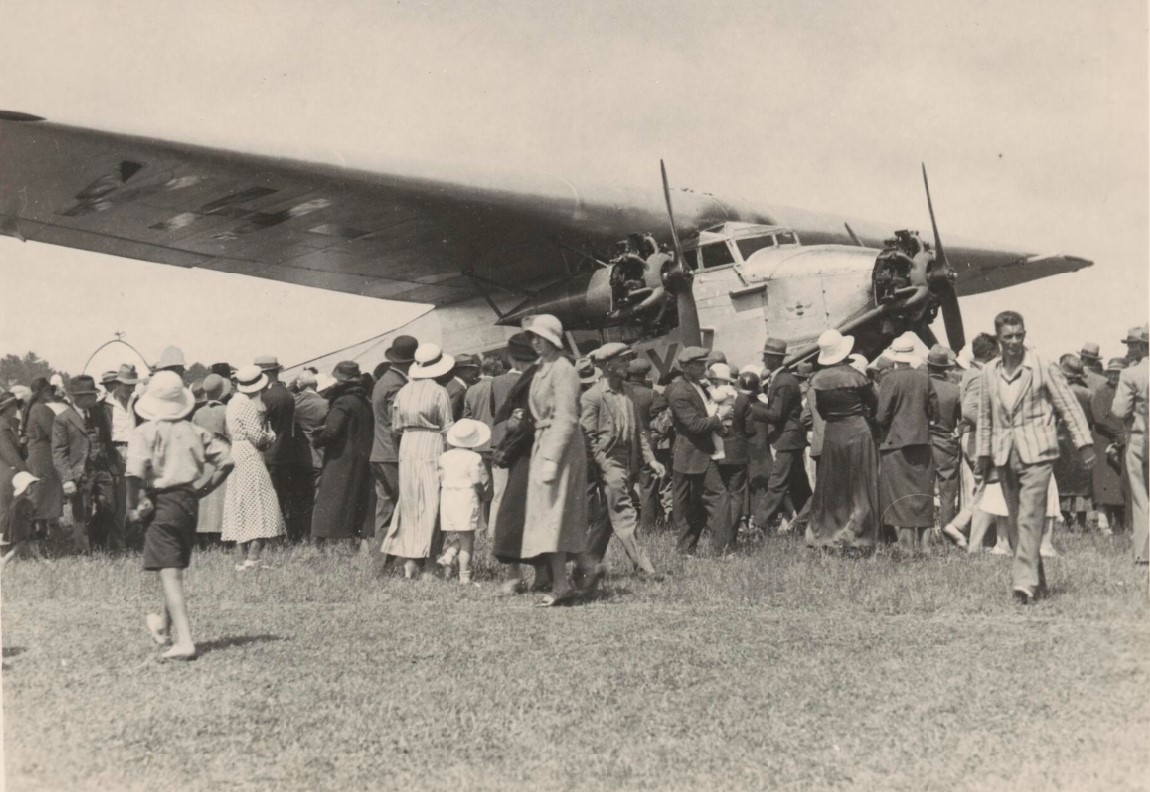
As mid-February approached, Charles Ulm was not ready to head home to Australia. In order to take advantage of a long takeoff strip, the Avro Ten was brought to Muriwai Beach near Auckland, which proved firmer than Portmarnock Beach in Ireland. In addition to the fuel necessary to reach Australia, the Faith in Australia was loaded with 39,255 items of mail, much of which had commemorative stamps to mark the occasion, which were overprinted with the message: Trans-Tasman Air Mail “Faith in Australia” on three lines. On February 17, 1934, at 6am, Faith in Australia took from Muriwai Beach, bound for Sydney. In addition to Charles Ulm were co-pilot/navigator George “Scotty” Allan and flight engineer R.T. Boulton. After 14 hours and 10 minutes in the air, the Avro Ten VH-UXX Faith in Australia landed in Sydney, making the first airmail flight between the two British Commonwealths in the Southern Hemisphere.

While Charles Ulm had proved the viability of air commerce between Australia and New Zealand, he continued setting new records in the Faith in Australia, such as making a return airmail delivery from Australia to New Zealand on April 10, 1934 (his eighth crossing of the Tasman Sea), followed by the first official airmail delivery from Australia to Papua New Guinea and return in July 1934. By September 1934, Ulm founded Great Pacific Airways Ltd in order to inaugurate a San Francisco-Sydney air service. To that end, he bought an Airspeed Envoy twin engine aircraft registered VH-UXY and named Stella Australis. Together with copilot George Littlejohn and navigator Leon Skilling, Ulm set off on December 3, 1934, exactly one year to the day he flew the Faith in Australia across the Tasman Sea, from Oakland, California to reach Hawaii as part of the first leg of the planned commercial air route. But the three airmen would disappear, with radio transmissions and Morse code messages stating they were lost and running out of fuel over the Pacific Ocean. Despite an exhaustive search by the US Navy, of the three airmen or their airplane would ever be seen again. Less than a year later, on November 8, 1935, Sir Charles Kingsford-Smith disappeared with copilot Tommy Pethybridge over the Andaman Sea attempting to set a new speed record from England to Australia. The loss of two of Australia’s most famous aviators devastated the country’s aviation community.

With Charles Ulm lost at sea, Avro Ten VH-UXX Faith in Australia remained in the old ANA hangar in Sydney. It remained in Sydney with companies such as Eastern Air Transport Ltd from 1936 to 1938 and with Kingsford Smith Air Service Ltd from 1938 to 1941. In 1941, Australian WWI flying ace Eric John Stephens, who had also flown for Australian National Airways under Charles Ulm and Charles Kingsford-Smith’s management, purchased VH-UXX for his company Stephens Aviation Ltd in Wau, Papua New Guinea (then part of the Australian-administered Territory of New Guinea), where the former record setter was used to support local mining operations.
When Japan initiated the Pacific War in December 1941, Australian civilians in New Guinea began evacuating from New Guinea, and many older aircraft used in prewar mining were requisitioned for use in carrying civilians out of Port Moresby back to Australia. In February 1942, the old Faith in Australia made its last flight from Port Moresby to Townsville, Queensland. Stripped for parts at Townsville Airport, it was then left to rot, being stricken from the civil registry on August 30, 1944, and was disposed of by 1945.
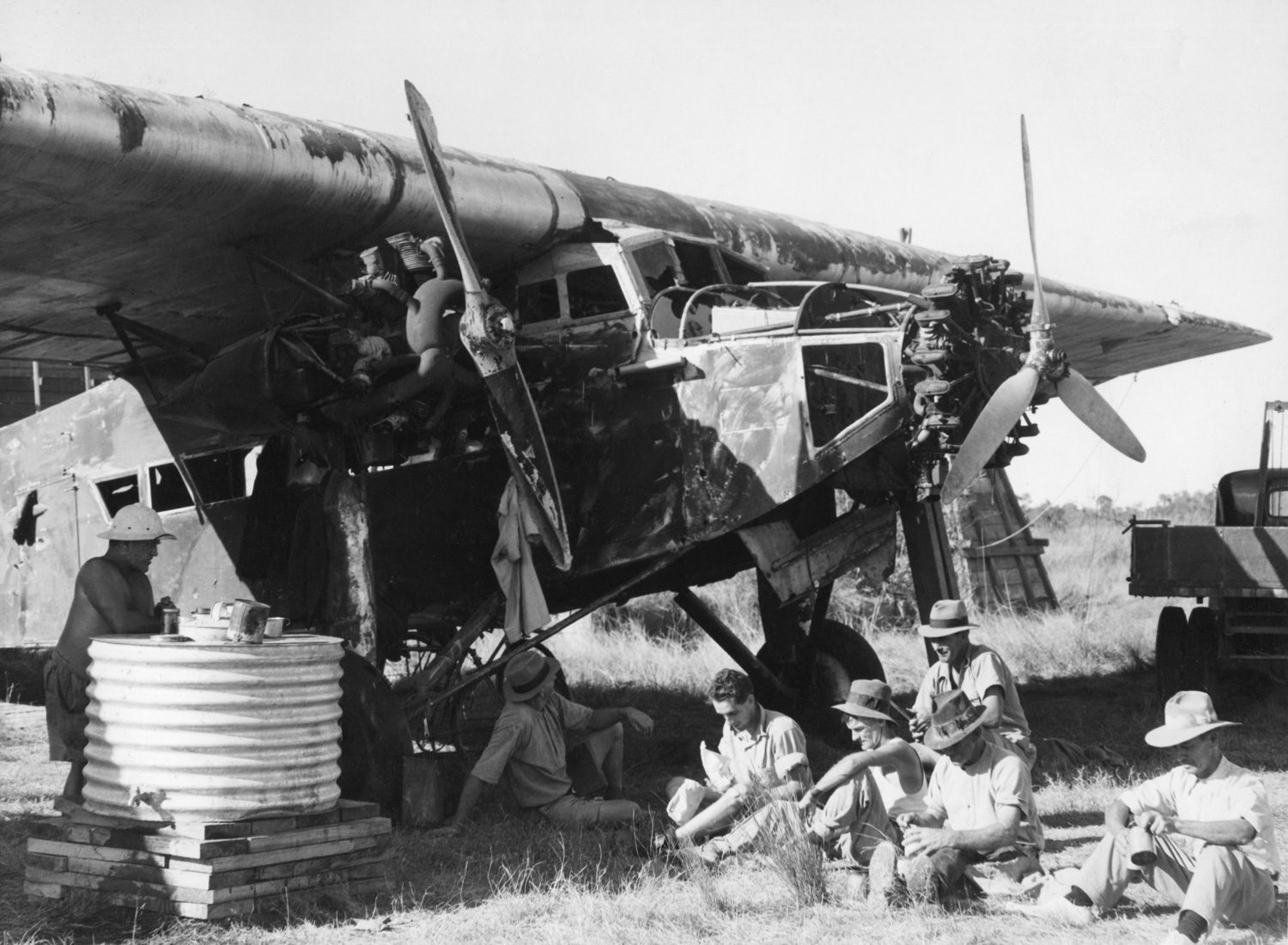
While Charles Ulm and the Faith in Australia met with their own tragic ends, they both showed that air commerce would eventually become the main mode of travel for passengers and mail cargo between Australia and New Zealand with a flight from Auckland to Sydney like the one Charles Ulm and the Avro 618 Ten Faith in Australia, taking on average 3 and a half hours.
Today in Aviation History is a series highlighting the achievements, innovations, and milestones that have shaped the skies. All the previous anniversaries are available HERE







